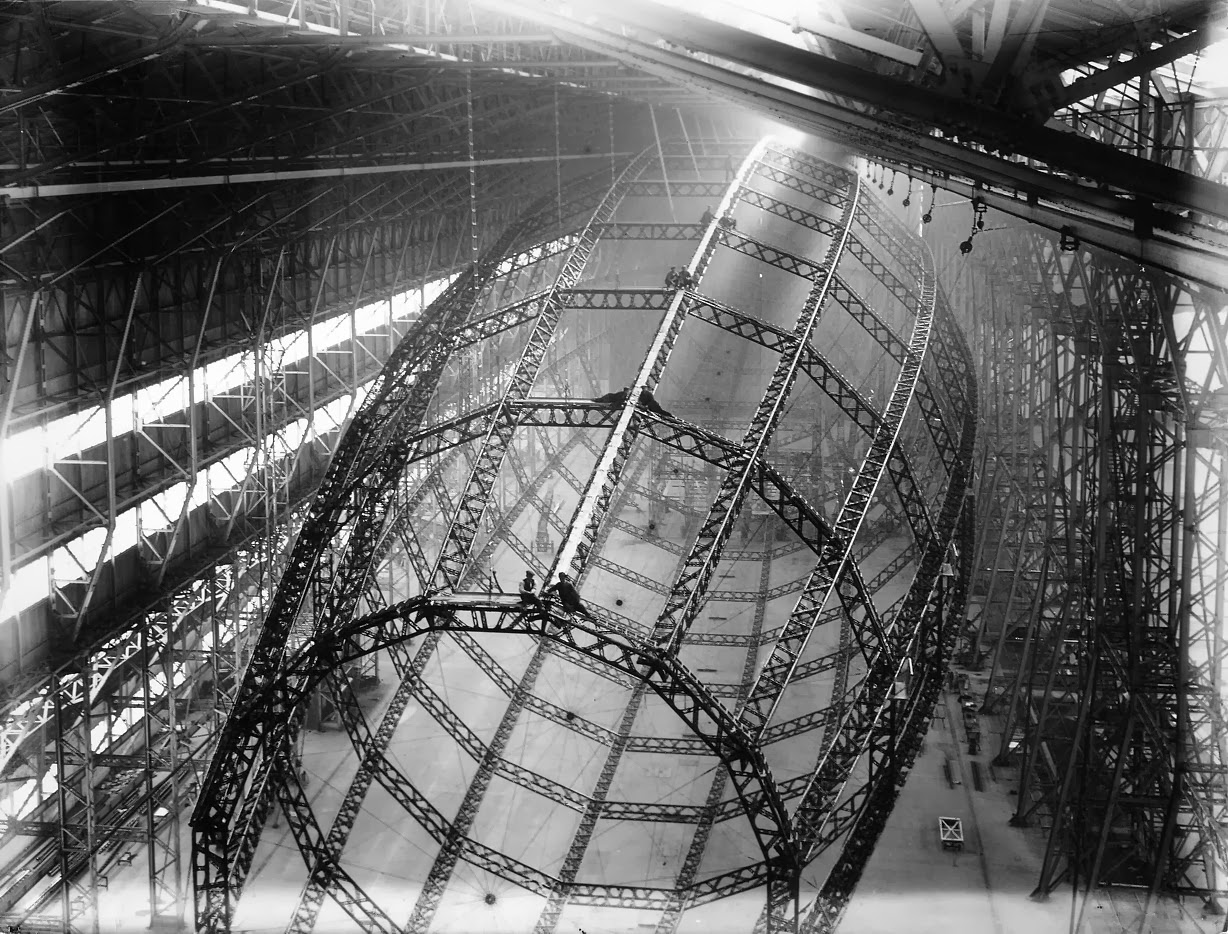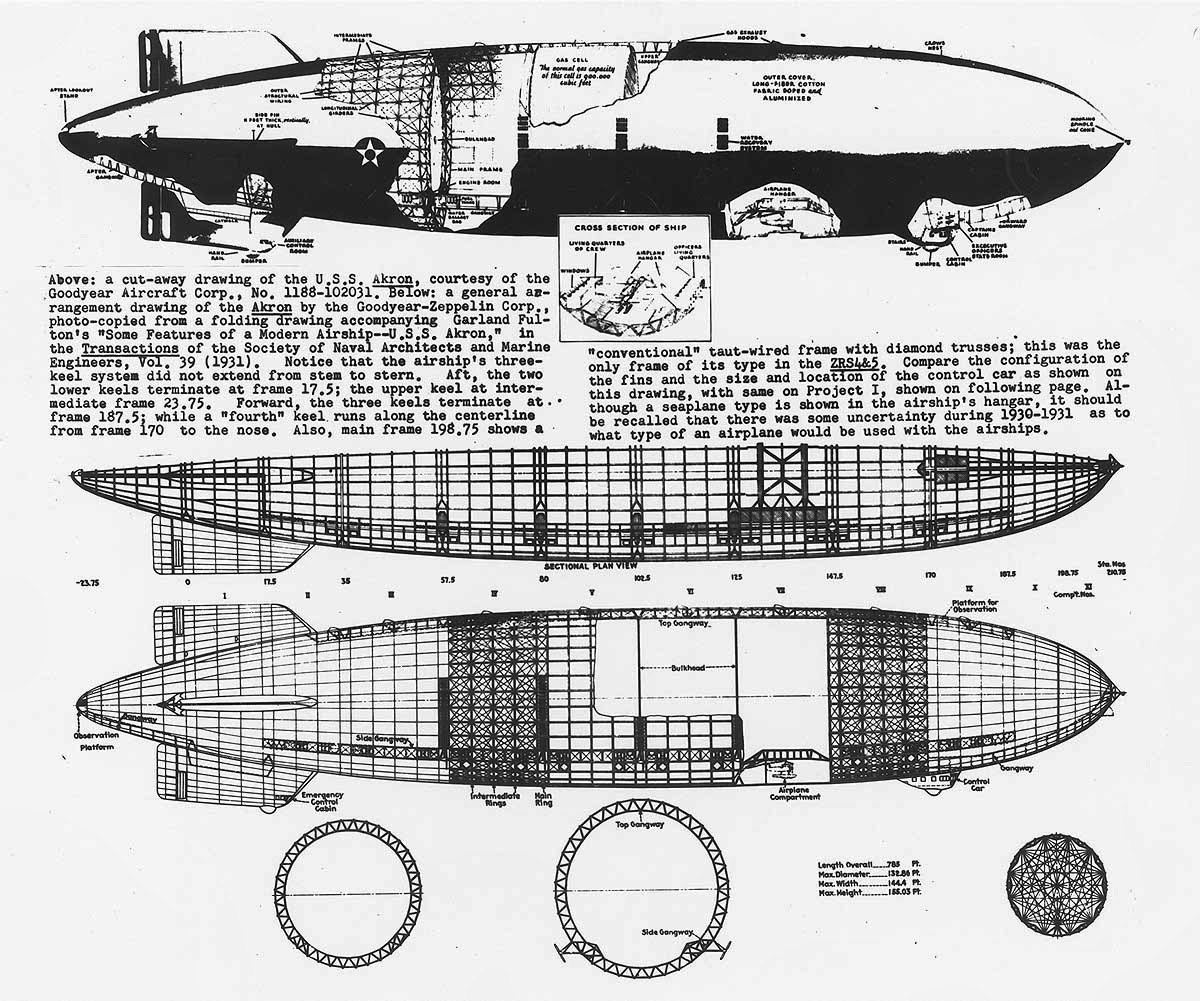FBI Hindenburg Report
Long time no see! Got back from my vacation to find that my FOIA request for the Hindenburg File had been approved. In all, 408 pages were released. I'm not sure how different it is from the redacted report available from the FBI Vault, but I'll be transcribing the entire report as best I can. I need to check Bureau guidelines to be sure, but I think I can provide a copy of the transcript here when it is finished. In addition, you can contact me at 'Hlostoops@Gmail.com for further information.



